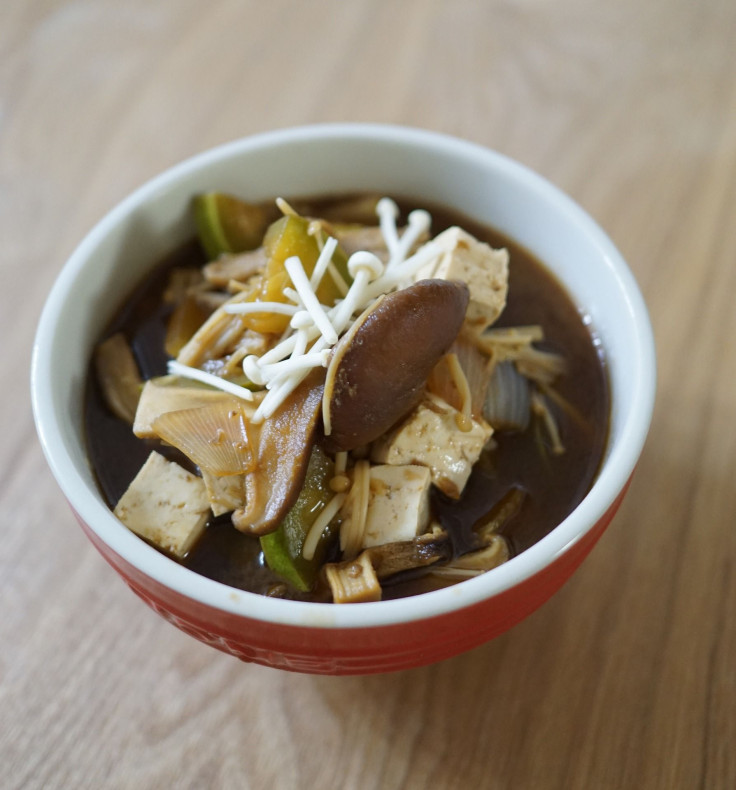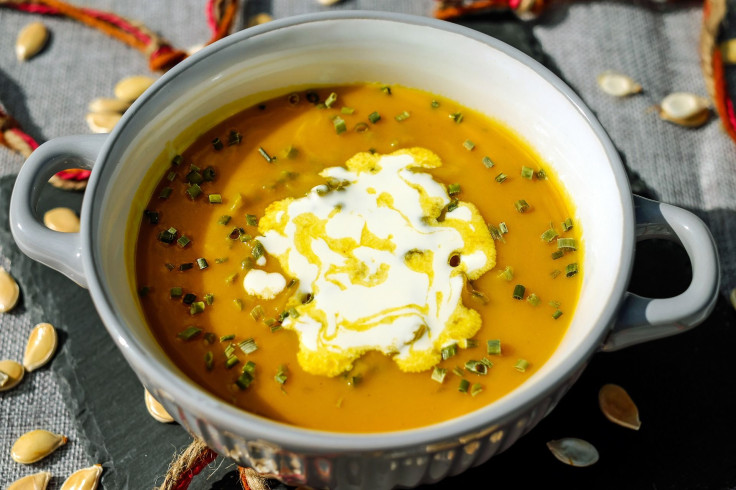5 Soups From Around The World That Will Cure Your Cold

Soup and the common cold are joined in the public consciousness, and for good reason: The steam opens up clogged sinuses and the hot broth soothes chills.
But the health benefits don’t have to end there. Adding certain ingredients to a soup could multiply the concoction’s positive effects on a sick human body. Cultures from around the world each have their own takes on a good, healing soup.
Japan | Miso soup
While miso is also found in Chinese cuisine, it is most well known for being used in Japanese food, including in the signature miso soup. Miso, which is made from fermented soybeans and grain, is high in protein and is packed with vitamins like B, E and K, as well as folic acid, protein and zinc. The BBC notes, “As a fermented food, miso provides the gut with beneficial bacteria that help us to stay healthy, vibrant and happy; good gut health is known to be linked to our overall mental and physical wellness.”
As a bonus, London nutritionist Cassandra Barns told the Daily Mail that miso can give women a boost after menopause, lowering the risk of cancer and osteoporosis, because it contains “soya isoflavones,” which give consumers “a weak oestrogen-like effect in the body.”
Mexico | Tortilla soup
Sopa de tortilla is full of healthful ingredients. It is typically made with pieces of fried corn tortilla in a broth containing tomato, garlic, onion and chili pepper. The spicy pepper acts as a decongestant, garlic can reduce the length of a cold — or even prevent one from emerging in the first place — and onions, in addition to containing iron, potassium, vitamin C and other useful compounds, “were apparently eaten by Roman emperor Nero as a cure for colds,” the BBC reports.
Greece | Lemon chicken soup
As with any soup, there are many ways to make lemon chicken soup as popularized by the Greeks, but in addition to the obvious ingredients of lemon and chicken, the soup often contains egg and rice, as well as vegetables like celery, carrot and onion. The egg yolk and lemon sauce called avgolemono is key — citruses like lemon are packed with vitamin C, which helps the body’s immune system fight off illness, and can break up congestion.
Many variations of chicken soup are used to treat common colds, and the reason they may be so effective is from the way the chicken and vegetables work together, the New York Times wellness blog says. In a test, “the soup inhibited the movement of neutrophils, the most common type of white blood cell that defends against infection,” which “essentially helps reduce upper respiratory cold symptoms.”
Argentina | Locro
Locro is a national dish in countries that contain the Andes mountains, with some differences between the nations’ iterations. In Argentina, the stew is often heavy on the corn and squash — which for all the autumn lovers out there could be pumpkin. Squash is heavy on the vitamin A and potassium, as well as the champion vitamin C. The Huffington Post reports, “one cup of cooked pumpkin contains … nearly 20 percent” of a woman’s recommended daily dose of the vitamin, and almost 15 percent of a man’s.

Hungary | Goulash
Just like with lemon chicken and locro soups, goulash can be found in many different countries in Central and Southern Europe with many different ingredients. Hungarian goulash, a soup-stew combo that is believed to be the first of the soup subset, is one of the most famous kinds. It frequently contains beef, paprika, garlic, potatoes, tomatoes and noodles, and sometimes sour cream and other vegetables. As with other soups, the vegetables contain vitamins and minerals that boost the immune system. Then there’s paprika, which is derived from hot peppers. Martha Stewart’s Home Living notes that similar to chili powder, paprika’s “benefits come from capsaicin, which has antioxidant properties and may help reduce blood-platelet stickiness.”
Published by Medicaldaily.com



























